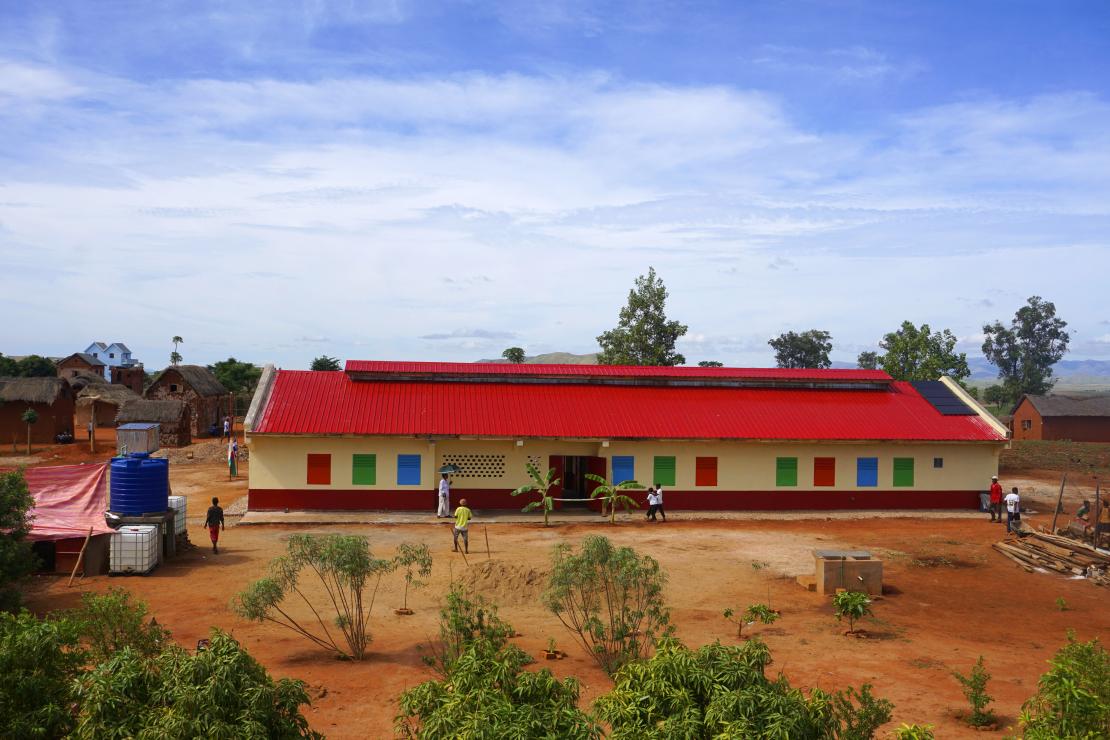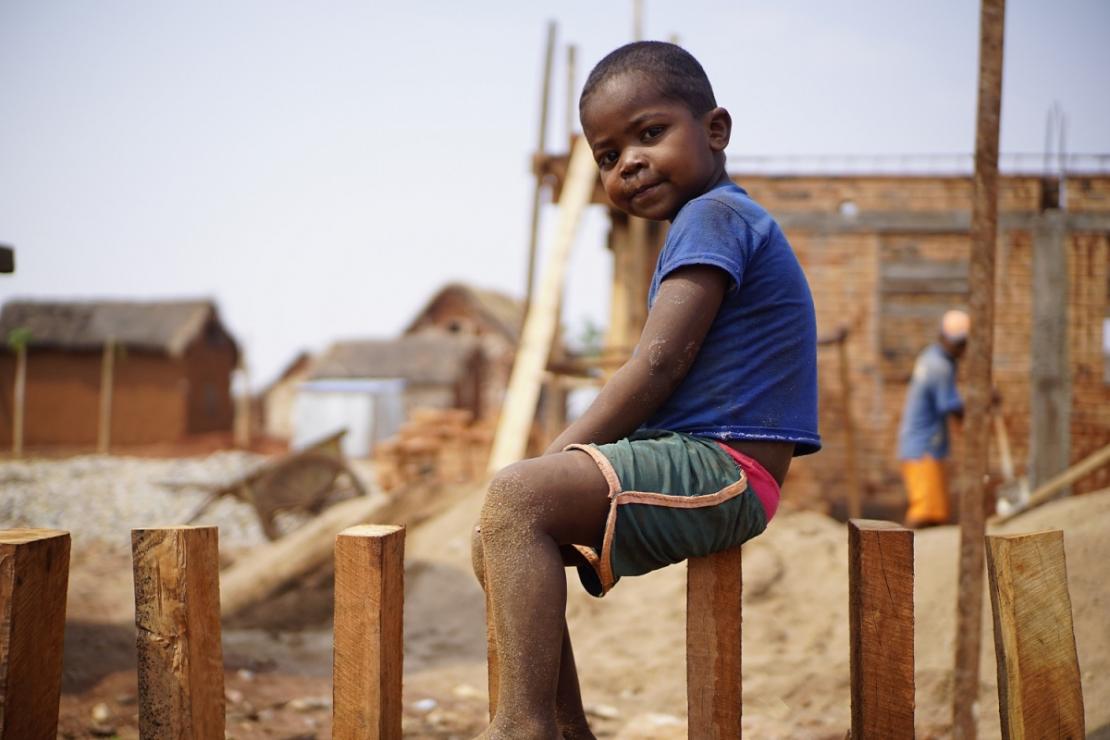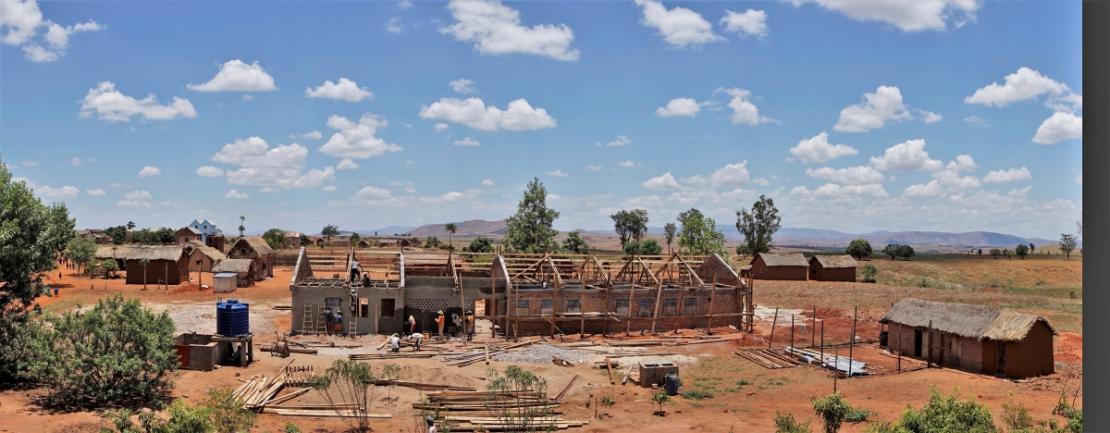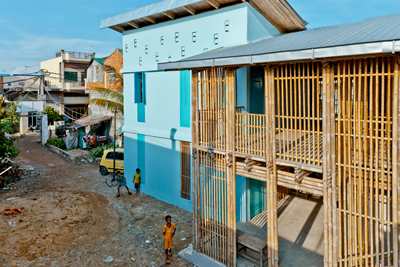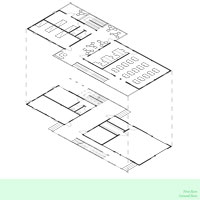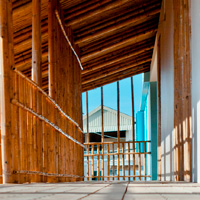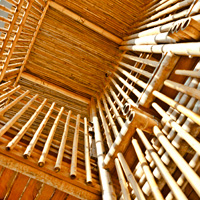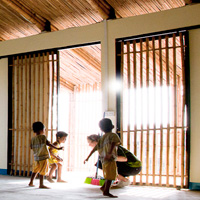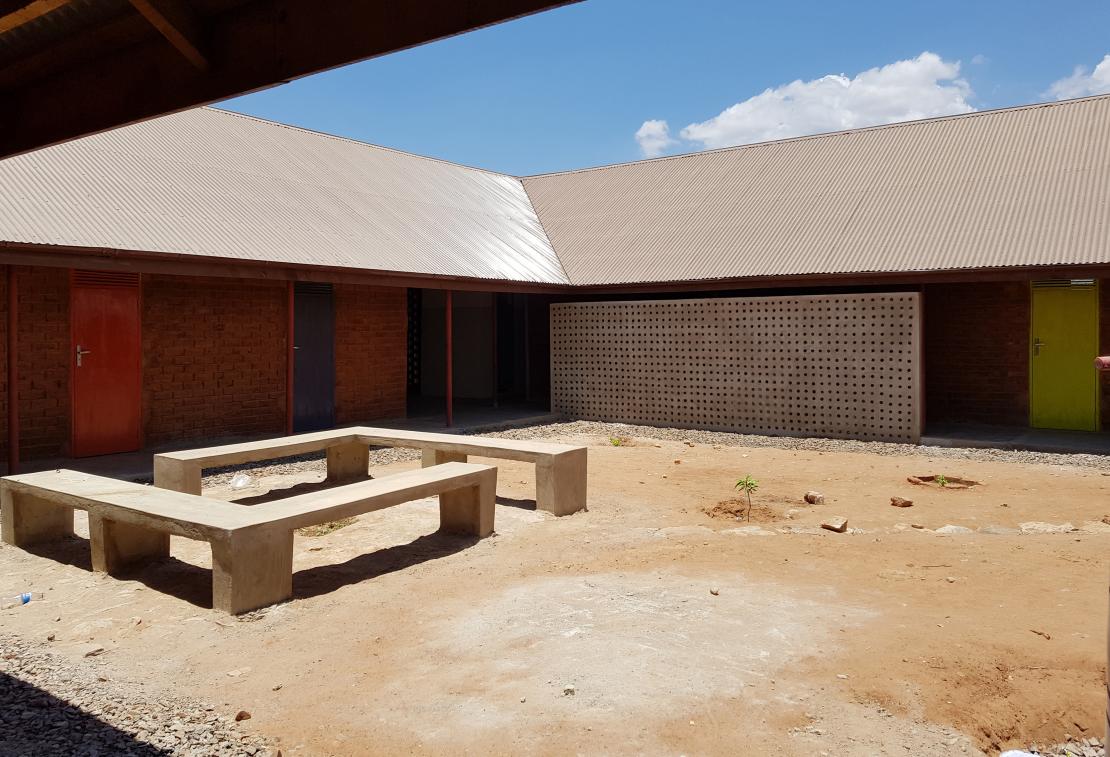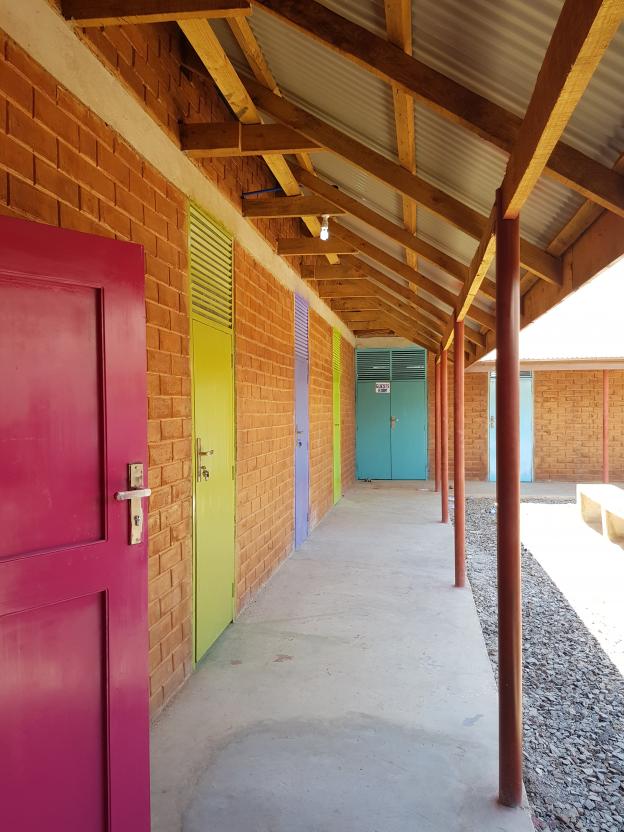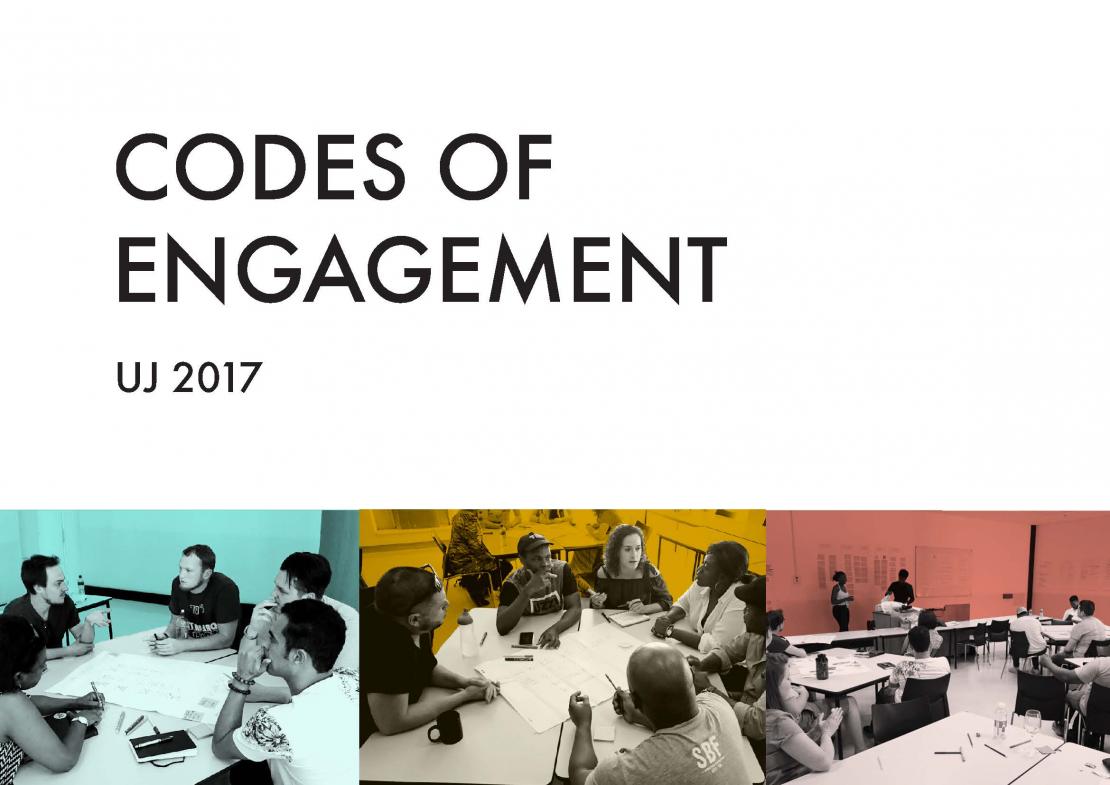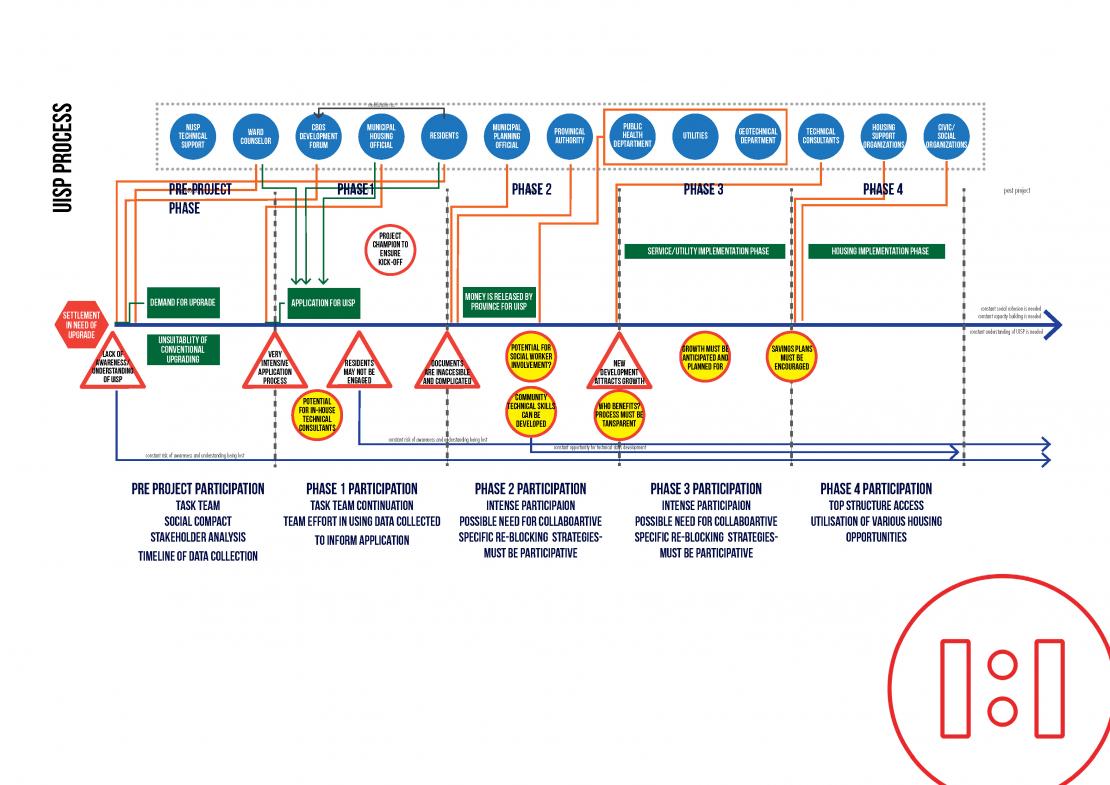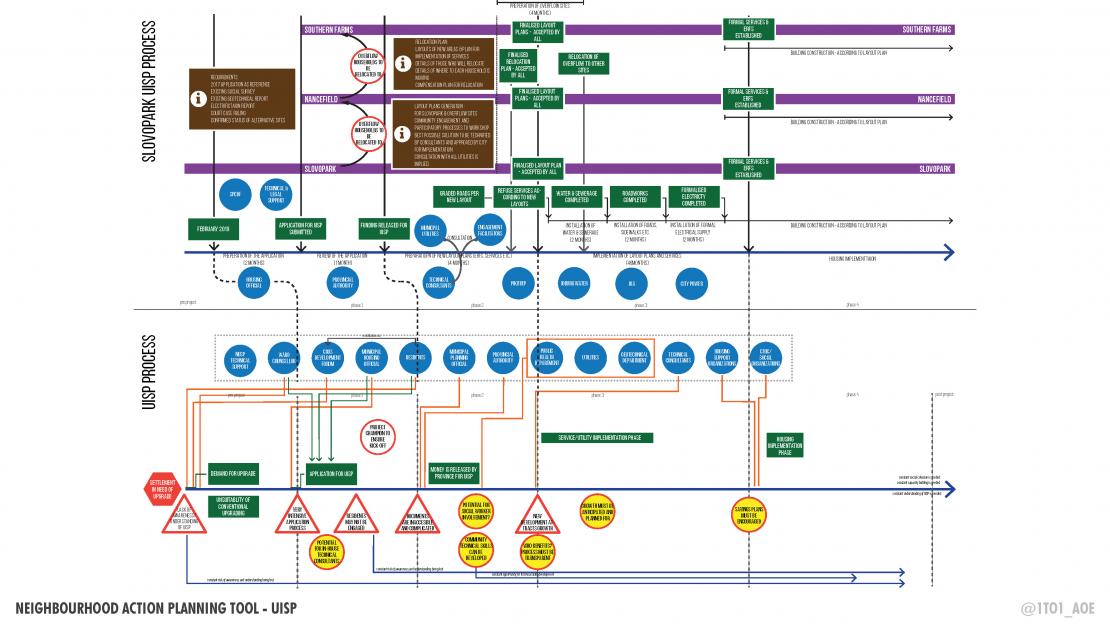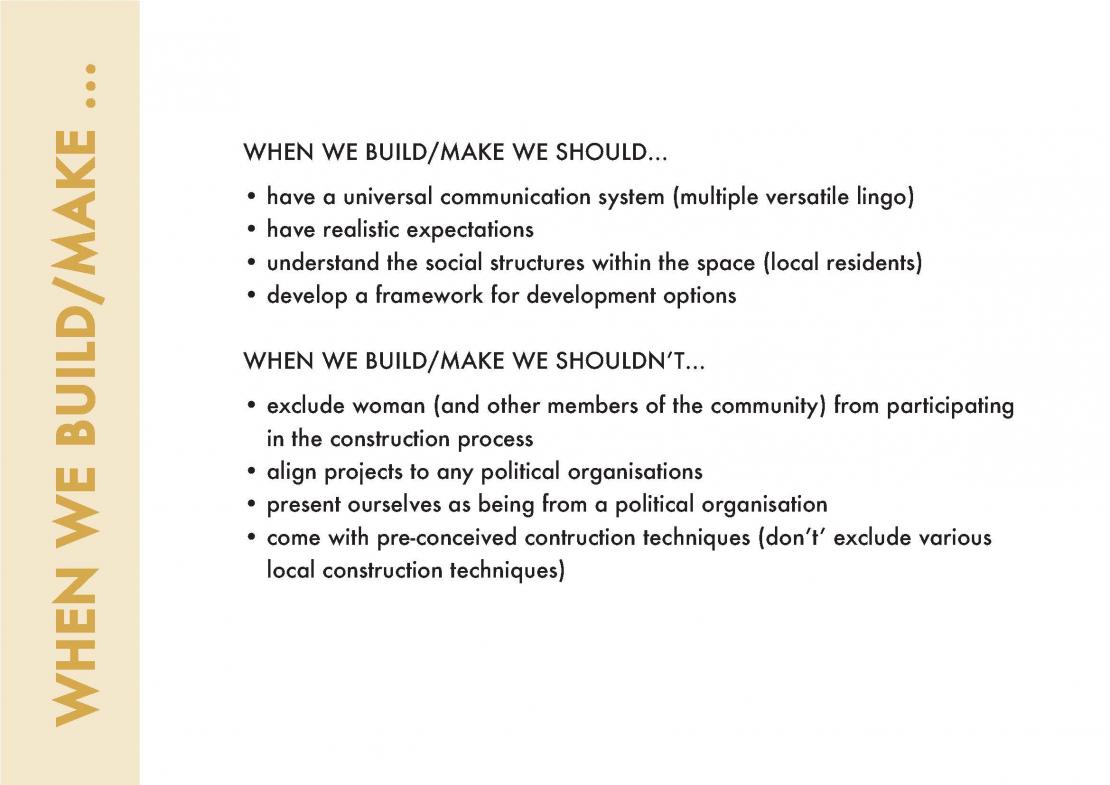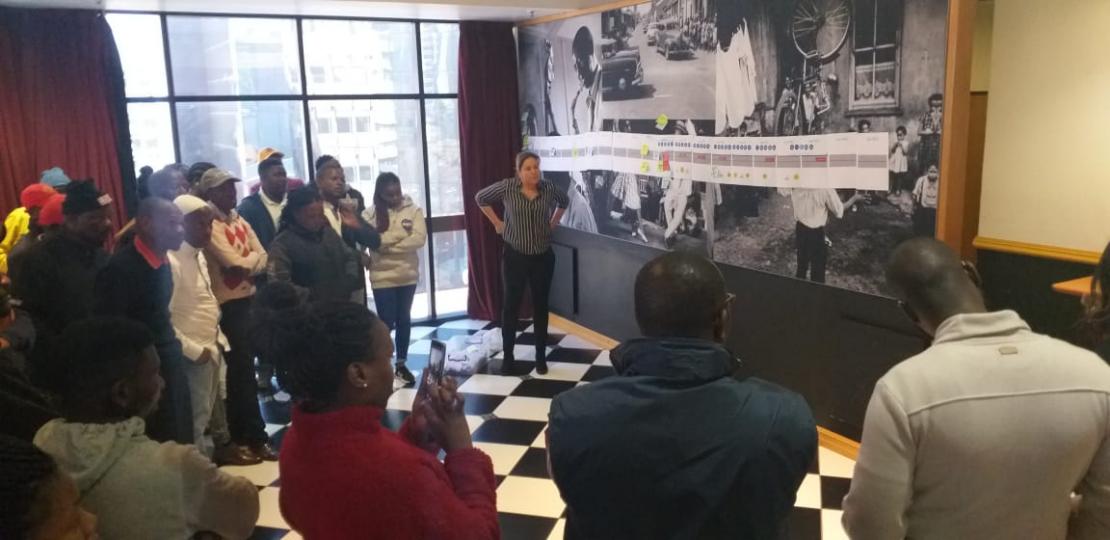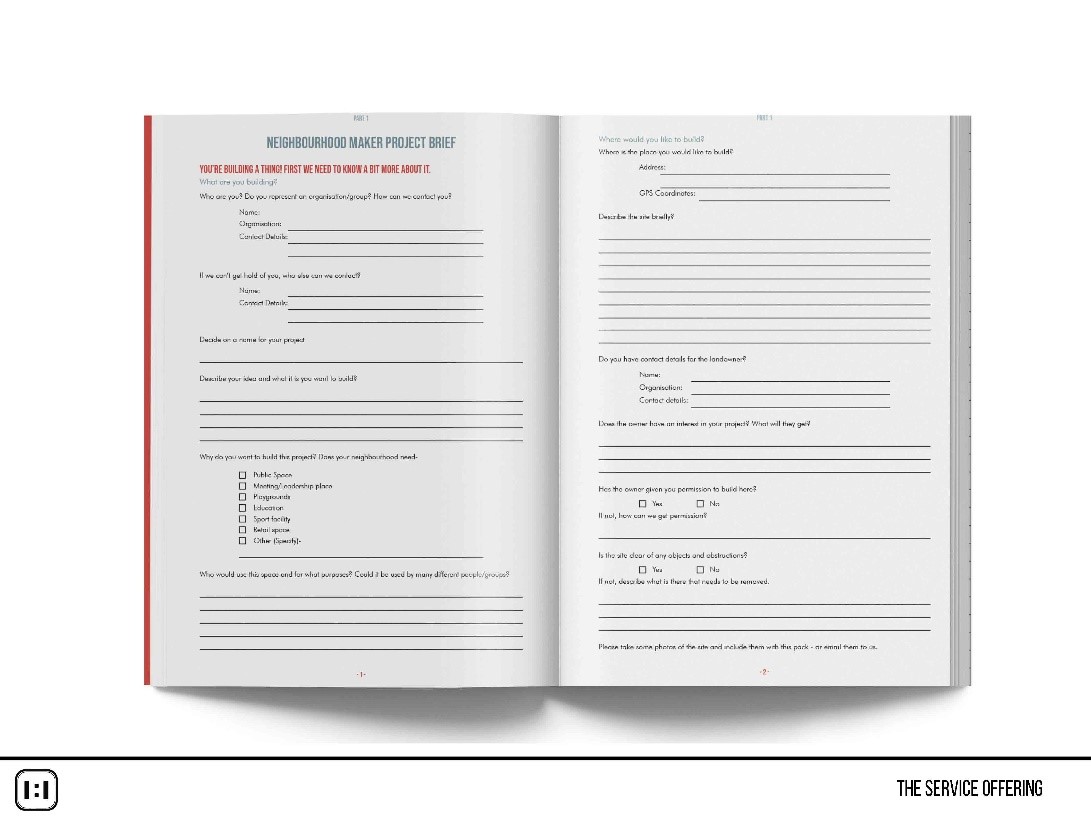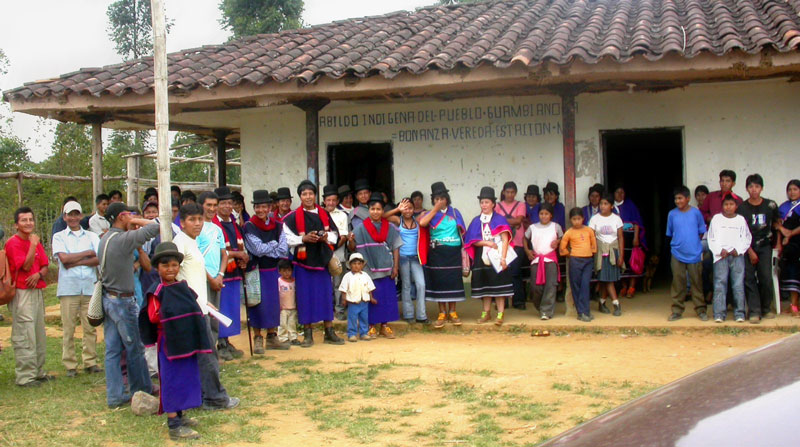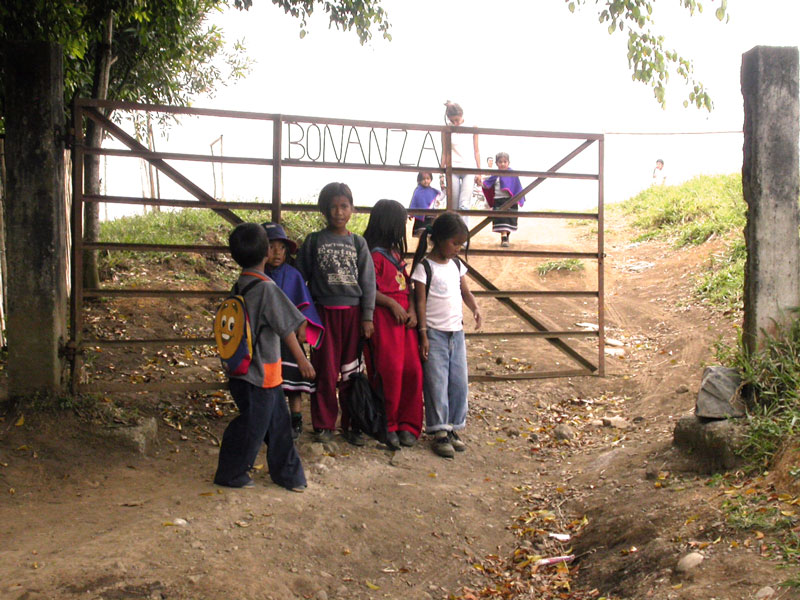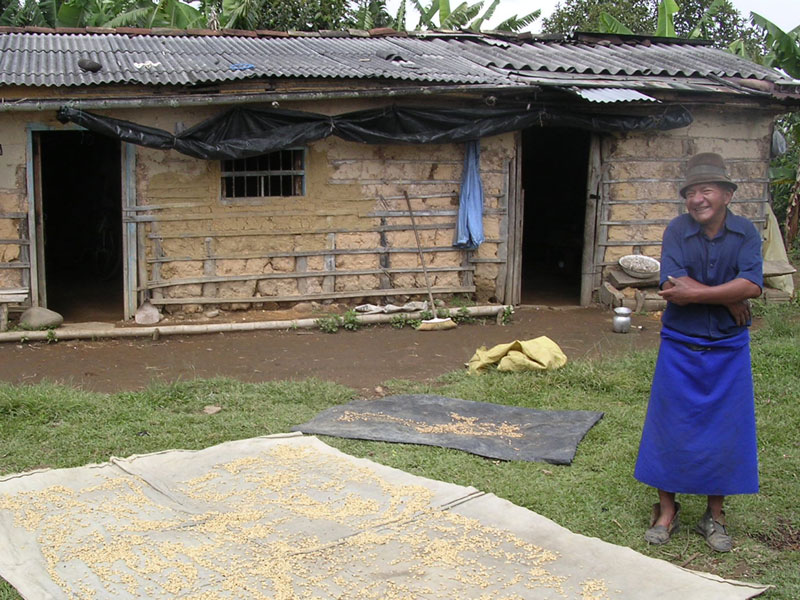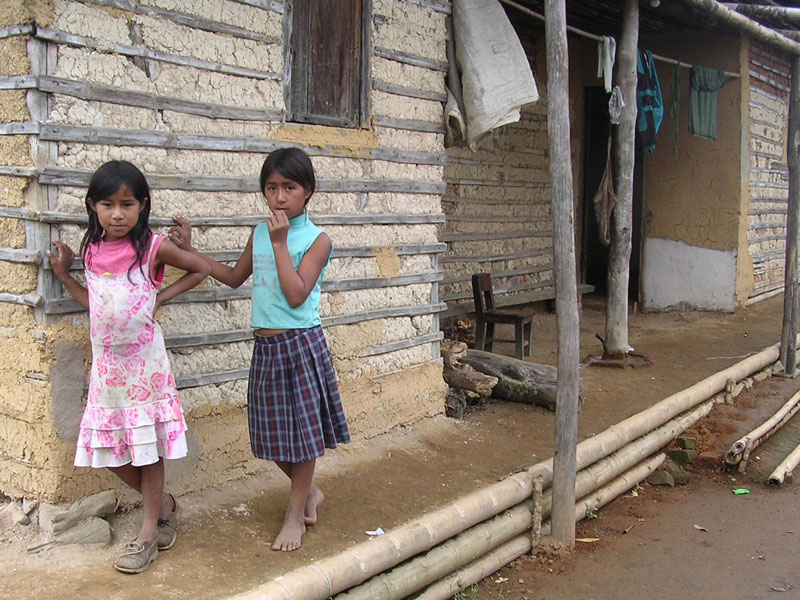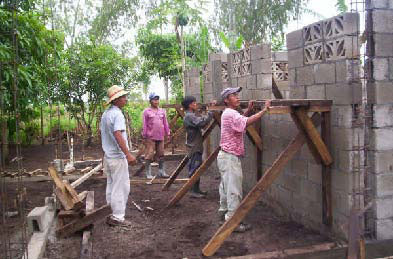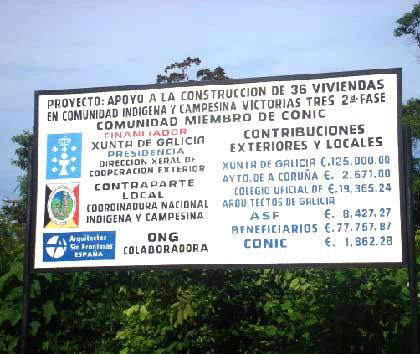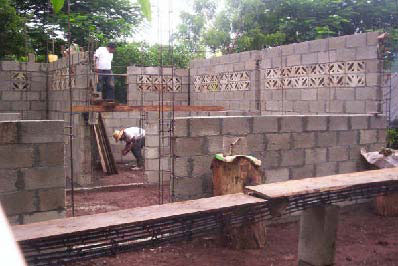Ambatofotsy Medical Centre, Madagascar
Designed and built a medical infrastructure
At Madagascar
In 2017By Architecture Sans Frontières Québec - Canada
Local partners: Soeurs Missionnaires de l’Immaculée Conception
Donors: l’Immaculée Conception
Designed and built a medical infrastructure in a remote area with 4,000 inhabitants on the high plateaus of the Red Island Ambatofotsy is a remote location whose 4,000 inhabitants live dispersed across a sprawling, arid landscape with no medical infrastructure. In early 2017, Architecture Without Borders Québec, Engineers Without Borders Québec and the PRECI decided to support the mission of the Soeurs Missionnaires de l’Immaculée Conception, a missionary that has been in Ambatofotsy for years, to finance, design and build a medical centre in a culturally appropriate and sustainable manner. A volunteer architect’s mission in May 2017 allowed us to meet local partners, understand the site and prepare materials orders. Needs were surveyed on site through participatory workshops. The building embodies the vernacular principles of Malagasy construction, while also incorporating modern concepts. Since early February 2018, a doctor has been doing consultations 3 days per week, and a nurse and midwife have been on site full-time to offer first aid and maternity services. With the support of the Roncalli International Foundation, a second phase of construction is now set to begin to complete the centre by adding accommodations for the medical team.
